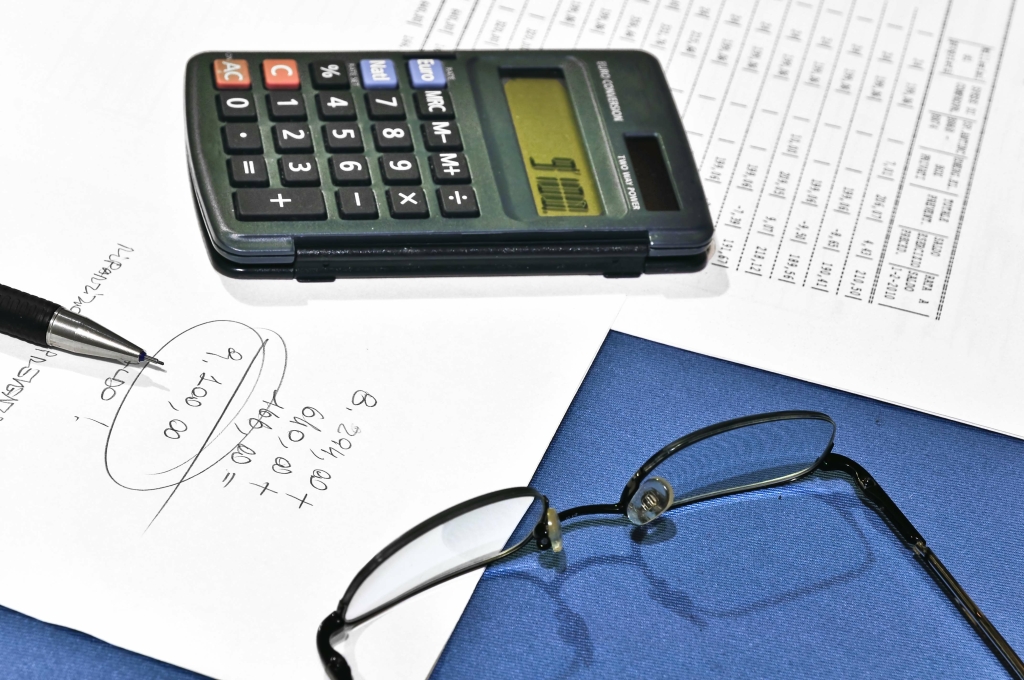Because of this, corporate notes typically offer investors a higher rate of return compared to government notes. The company obtains a loan of $100,000 against a note with a face value of $102,250. The difference between the face value of the note and the loan obtained against it is debited to discount on notes payable. The difference between the face value of a note and the amount paid for it is recorded in a Discount on Notes Payable account. This is classified as a contra liability account; as such, it is paired with and offsets the Notes Payable account.
- A liability is created when a company signs a note for the purpose of borrowing money or extending its payment period credit.
- The company obtains a loan of $100,000 against a note with a face value of $102,250.
- Your day-to-day business expenses such as office supplies, utilities, goods to be used as inventory, and professional services such as legal and other consulting services are all considered accounts payable.
- Thus, the difference between the face value of the note and the amount lent to the borrower represents the interest charged by the lender.
- National Company prepares its financial statements on December 31 each year.
Discount on notes payable is a contra account used to value the Notes Payable shown in the balance sheet. When a company borrows money this way, they have received cash that is less than the face value of the notes payable. The contra liability account, discounts on notes payable, is used to account for the difference between the cash received and the money owed on the note.
How do I account for interest expense if I need to pay it annually?
When a note is issued at a discount, it means that the borrower receives less cash upfront than the face value of the note. The discount represents the cost of borrowing the money, and it is considered an interest expense over the life of the note. Notes payable always indicates a formal agreement between your company and a financial institution or other lender. The promissory note, which outlines the formal agreement, always states the amount of the loan, the repayment terms, the interest rate, and the date the note is due.
By the time the note matures at the end of Year 2, the discount on notes payable should be fully amortized, and its balance should be reduced to zero. There is always interest on notes payable, which needs to be recorded separately. In this example, there is a 6% interest rate, which is paid quarterly to the bank. While the risk of default is minimal with government-issued discount notes, notes issued by corporations have a higher risk of default.
Understanding Notes Payable
A promissory note can be issued by the business receiving the loan or by a financial institution such as a bank. For instance, if a company issues a $10,000 note and receives only $9,000 in cash, the company would record a $1,000 Discount on Notes Payable. This discount is then amortized over the life of the note, typically using the effective interest method or the straight-line method. As the discount is amortized, it increases the interest expense recorded by the company, effectively raising the cost of borrowing to the market rate. “Discount on Notes Payable” is a concept similar to “Discount on Bonds Payable,” except it relates to promissory notes instead of bonds.
Example of Discount on Notes Payable
The purchase of discount notes may also prove to be advantageous for investors who would need access to the funds after a short period of time. Yes, you can include notes payable when preparing financial discount on notes payable projections for your business. This step includes reducing projections by the amount of payments made on principal, while also accounting for any new notes payable that may be added to the balance.
Suppose a $1,000 par value bond matures in 6 months and pays 4 percent interest. The bondholder will receive $20 in interest for the six-month life of the bond. However, if the bond price is discounted to $980, the bondholder will get an extra $20 at maturity for a total of $40 in earnings. Since the price was $980, divide $40 by $980 and double the result to find the effective annual rate of interest, which here works out to 8.16 percent. As the note matures and is repaid, the discount is amortized (gradually reduced) over the life of the note, and this amortization is recognized as interest expense in the income statement.






